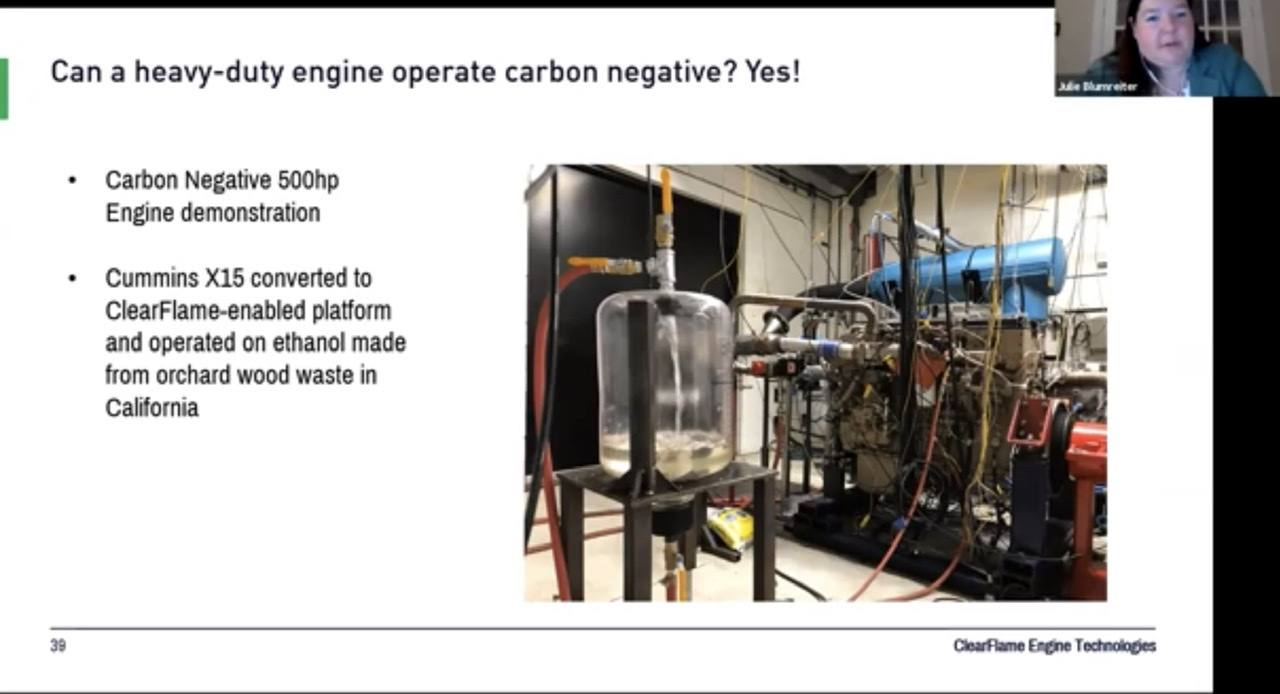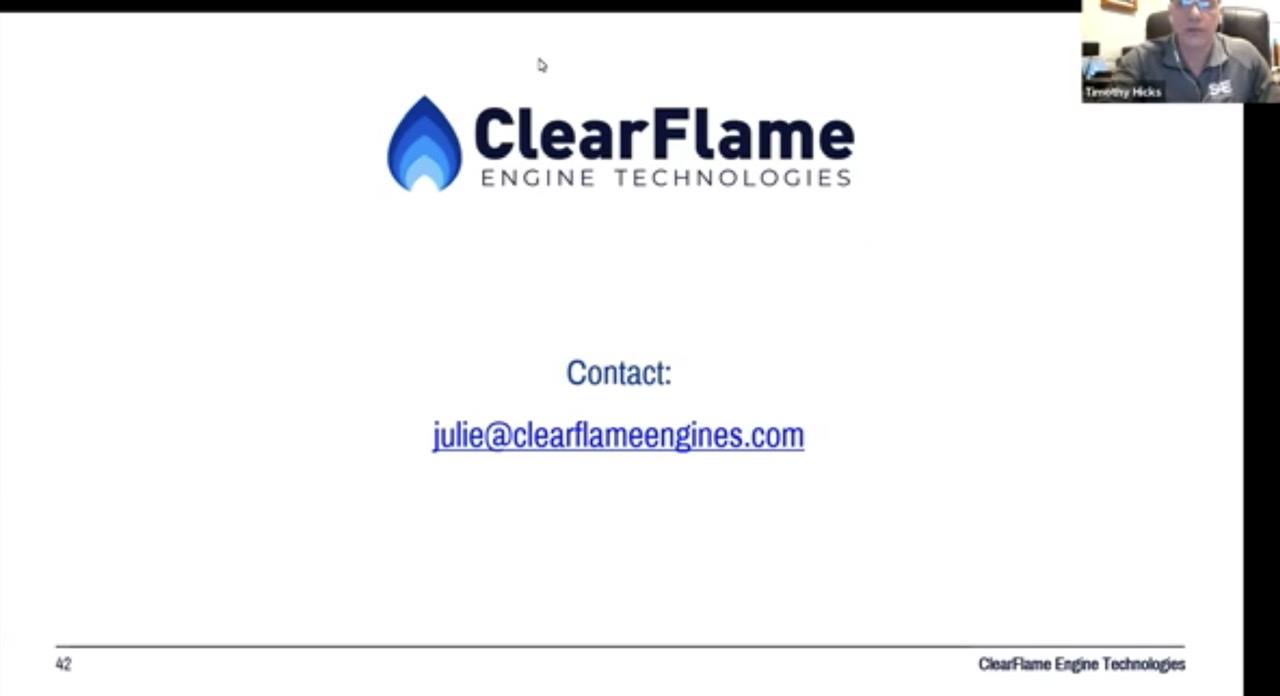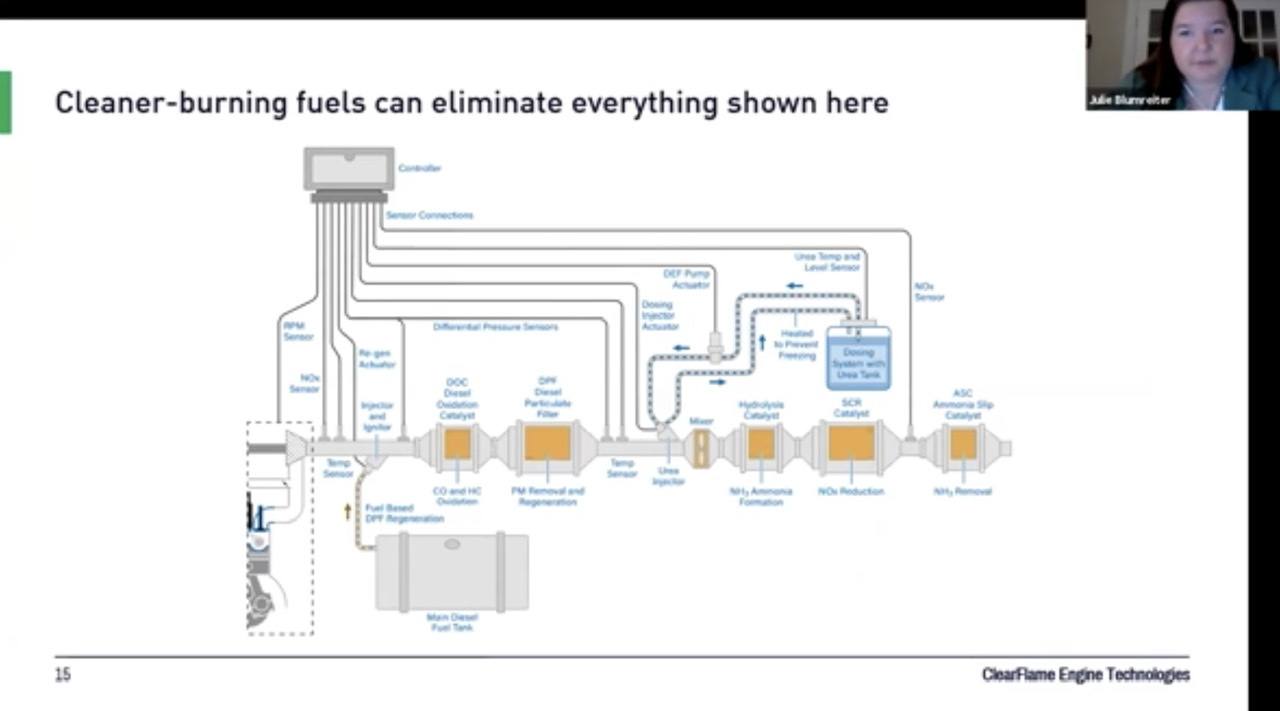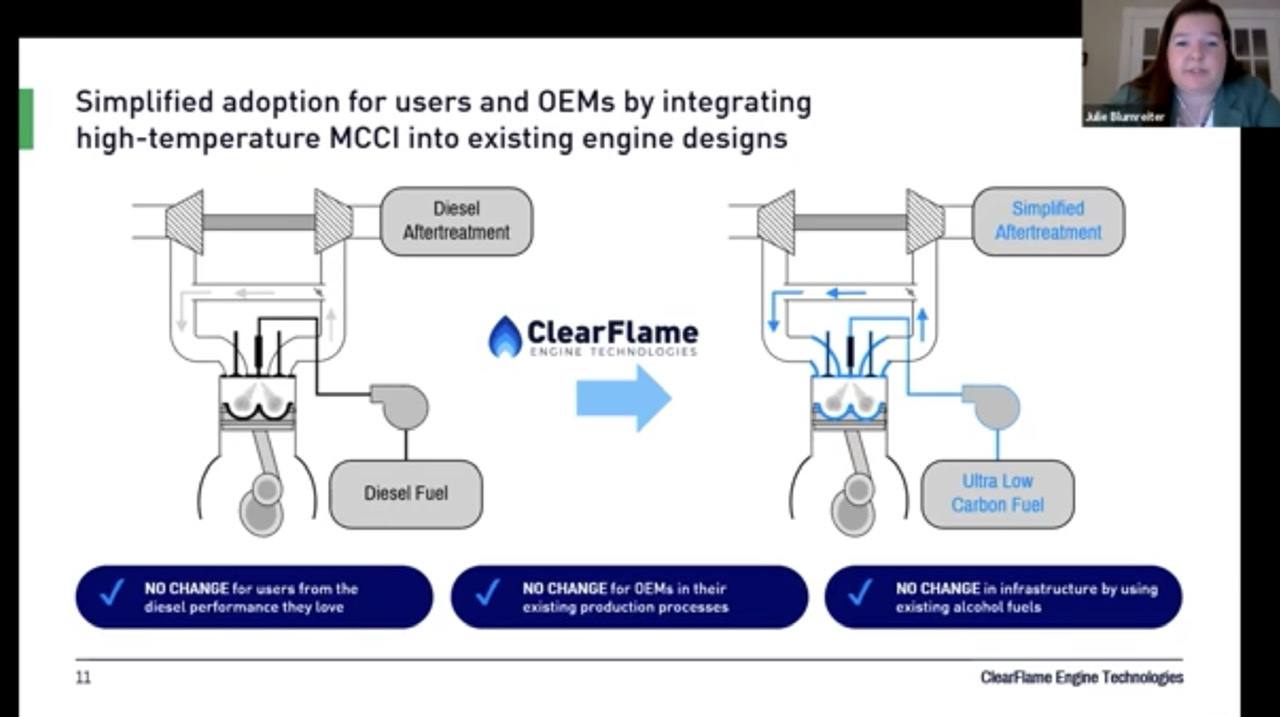Originally posted by Rareearth
View Post
When tractors came along it was cheaper to buy the fuel and sell the oats.
Seems like we/govenment screwed that up.
How many acres of canola do you need to press per 1000/acres?





Comment